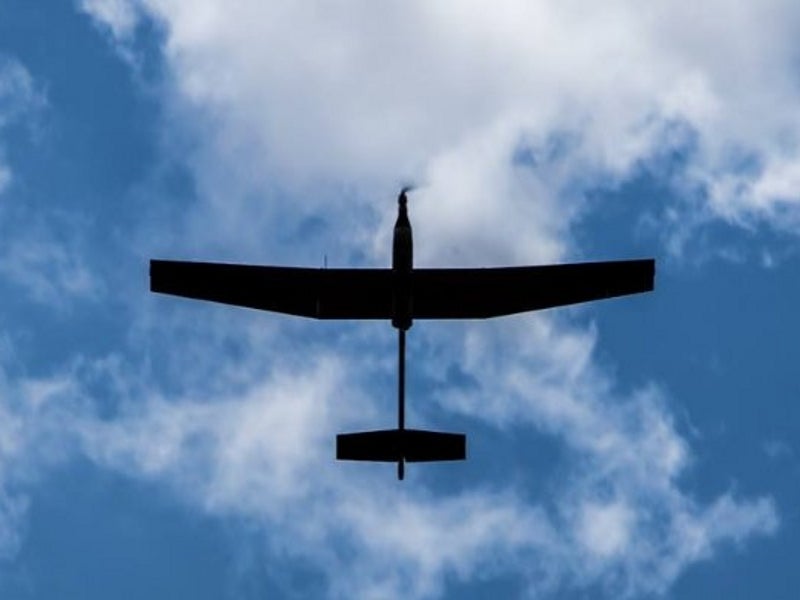
Horus FT-100 is a small unmanned aerial vehicle (UAV) developed by FT Sistemas in co-operation with the Military Engineering Institute (IME) and the Army Technology Centre of the Brazilian Army.
The UAV is an ideal platform for day and night missions performed by military and homeland security operators. It can be used in target acquisition and recognition, monitoring and surveillance missions conducted in borders and strategic perimeters across urban and remote locations.
Horus FT-100 UAV development
The FT-100 UAV was evaluated by the IME and the Centro de Avaliação de Adestramento do Exército (CAAdEx) at Gericinó Instruction Field (CIG) in August 2013. The UAV successfully captured and transmitted real-time imagery of the targeted areas during the operational testing.
It is the first indigenously built UAV to accommodate equipment for performing missions at night.
The aircraft was approved by the Brazilian Ministry of Defence as a strategic defence product in 2014.
Order and deliveries
FT Sistemas received a contract from an undisclosed African military customer to deliver the FT-100 UAV and associated logistical support, in July 2014.
The FT-100 UAV entered service with the Brazilian Army in the first quarter of 2015.
In November 2015, the Brazilian Army acquired three FT-100 systems including UAVs, ground control stations and associated spares.
The Brazilian Army conducted a training programme involving simulated launch, cruise flight, target detection and recovery of FT100 system in February 2016.
The Brazilian Navy received an FT-100 unmanned aerial vehicle (UAV) from FT Sistemas in mid-2016. The Brazilian Armed Force has deployed the UAV for conducting intelligence, surveillance and reconnaissance at the 2016 Olympic Games.
FT-100 UAV design and features
The Horus FT-100 fixed-wing UAV incorporates a high-wing monoplane design. The fuselage is attached with a constant-chord wing with tapered outer section and empennage with horizontal and vertical stabilisers.
Designed to conduct short-range operations, the UAV is launched by hand and can be recovered through a parachute recovery system. It can be easily deployed by the operators as it can be carried in a backpack by single person.
The UAV has a length of 1.9m and wing span of 2.7m, and weighs 8kg with embedded sensors.
FT-100 UAV payload
The FT-100 UAV is equipped with day and night camera, long-wave infrared (LWIR) sensor, laser pointer, and electro-optical (EO) / infrared (IR) sensors. The cameras offer 24X optical zoom and 4X digital zoom. The gyro-stabilised gimbal allows 360° rotation to capture the objects of interest.
The laser scanner, and multi-spectral and hyperspectral sensors aboard the UAV allow the operators to obtain high-quality imagery during reconnaissance missions.
Engine and performance of the UAV
The Horus FT-100 is equipped with an electric motor driving a single two-bladed propeller. The electric motor is powered by batteries providing an endurance of up to two hours.
The power-plant provides enough power to reach an altitude of 2,500m and a flight range between 10km and 20km. The UAV can attain a maximum speed of 80km/h.







